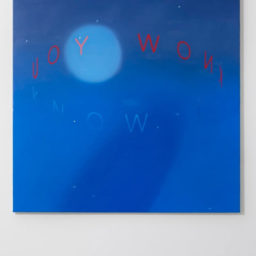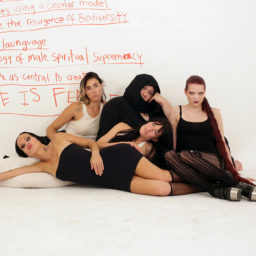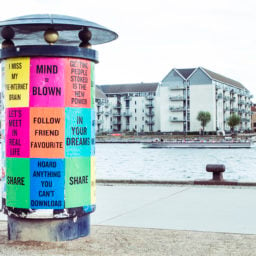Everybody knows that Danish design is worth a voyage, a shipping mishap, or a hefty price tag. But Danish art—and Scandinavian art more generally—has not historically had so broad a reach, even despite the efforts of the longstanding Scandinavian art fair Art Copenhagen. That was set to change with the 2013 founding of the CHART Art Fair, undertaken by five Copenhagen-based galleries who sought to present a sleek showcase of the Nordic region’s best contemporary art. Taking over the hallowed halls of the Kunsthal Charlottenborg and the Royal Danish Academy of Art, CHART eschews traditional booths and instead offers dealers the opportunity to present their works in collaboratively curated spaces.
In recent years, Copenhagen has emerged as a cosmopolitan hot spot in numerous cultural domains, from fashion to food, and CHART has stuck loyally to its founding mission, open exclusively to Nordic galleries. Last weekend, September 1-3, the fair’s 5th edition—which gathered 33 galleries—drew massive crowds, and spawned a host of talks, musical and culinary happenings, and architectural installations. But while CHART’s ample attendance figures and solid sales have surely contributed to the city’s prominence on the international stage, some find its focused scope to be limited, and limiting.
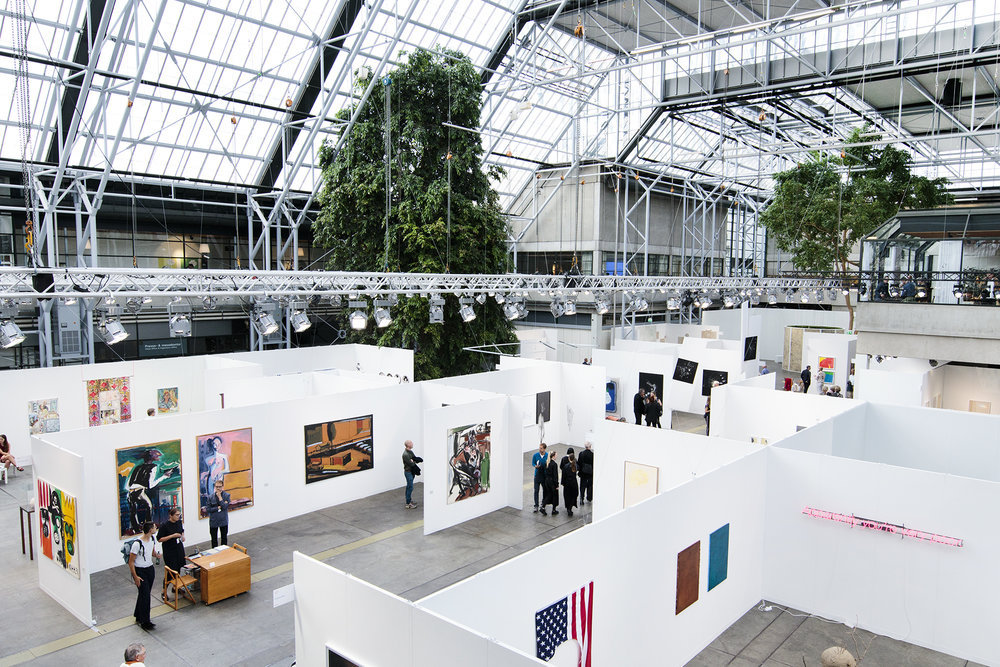
Code Art Fair 2017. Photo I DO ART Agency.
“CHART is very nice, but it’s exclusively a Scandinavian fair,” said Julie Leopold Alf, a former business lawyer and the founder of the Code Art Fair, a new branch of Art Copenhagen, whose second edition came to roost concurrently with CHART at the Bella Art Center, just outside the city.
“We have this term in business: to ‘make the cake bigger’—and I don’t think CHART thinks that way. But if we want people to come to Copenhagen, we can’t just each have our little muffin and take small bites, because then the muffins are gone. We can’t be afraid to invite international galleries here; that just increases our appeal and relevance. We need to simply make a bigger cake, and then there is enough for everybody.”
With that goal, Alf launched Code as a counterpart to CHART, and invited galleries from outside the Nordic region as well as within it. Featuring the ancillary “ArtReActs” program of talks, films and performances, Code 2 almost doubled in size from its 2016 debut. This year it showcased 75 galleries coming from New York, London, Dubai, Istanbul, Vienna, Milan, Marrakech, Mexico, Amsterdam, and Barcelona, among other diverse locations.
For most of the participating galleries, it was the first time in a Copenhagen art fair—or in Copenhagen at all—and they described a definite difference between Scandinavian collectors and their usual clients.
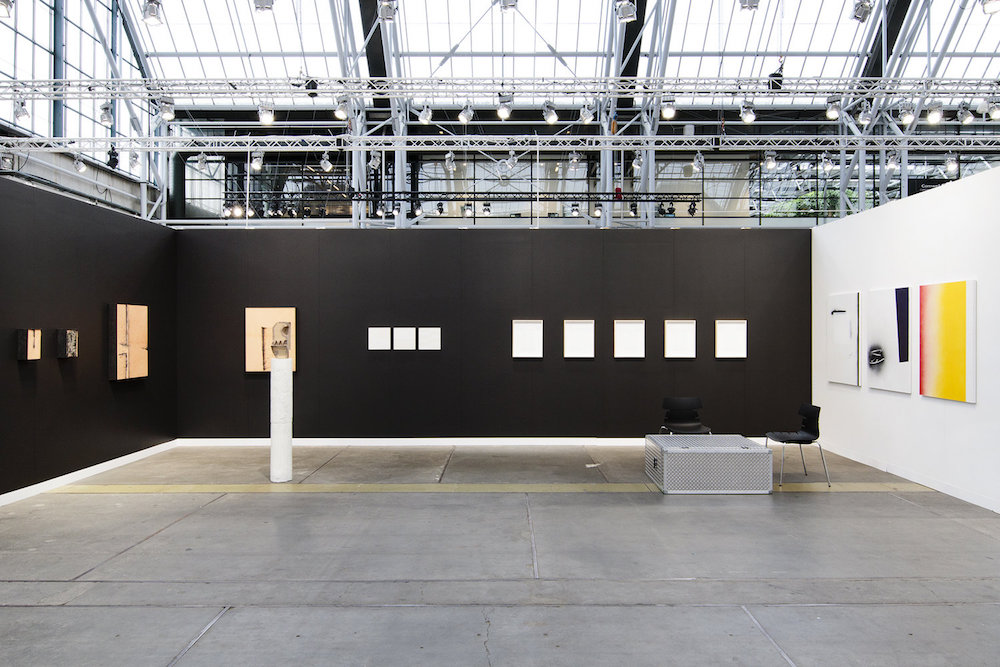
Booth of Proyectos Monclova at Code 2017. Photo I DO ART Agency, Courtesy of the artists and Proyectos Monclova.
“It’s a completely different vibe here—everything goes more slowly,” said Teófilo Cohen of Mexico City’s Proyectos Monclova. “These collectors really think about the piece, they consider if they can afford it and live with it, they go and come back. It takes a while.”
Cohen was echoed by Marcel Keicher of Berlin’s König Galerie, a second-time Code participant, whose booth showed large paintings by “Young Wild” pioneer Karl Horst Hödicke, priced between €60,000-70,000.
“It seems the Danish collectors like to keep to themselves,” Keicher said, “and maybe they have one aesthetic they kind of stick to, minimal works, light and not too heavy. We haven’t had sales yet, but we have had a lot of interest and curiosity, I think because in contrast to what the Scandinavian galleries show, Hödicke is really different. And I mean that in terms of brightness and bold color, as well as a higher price point.”
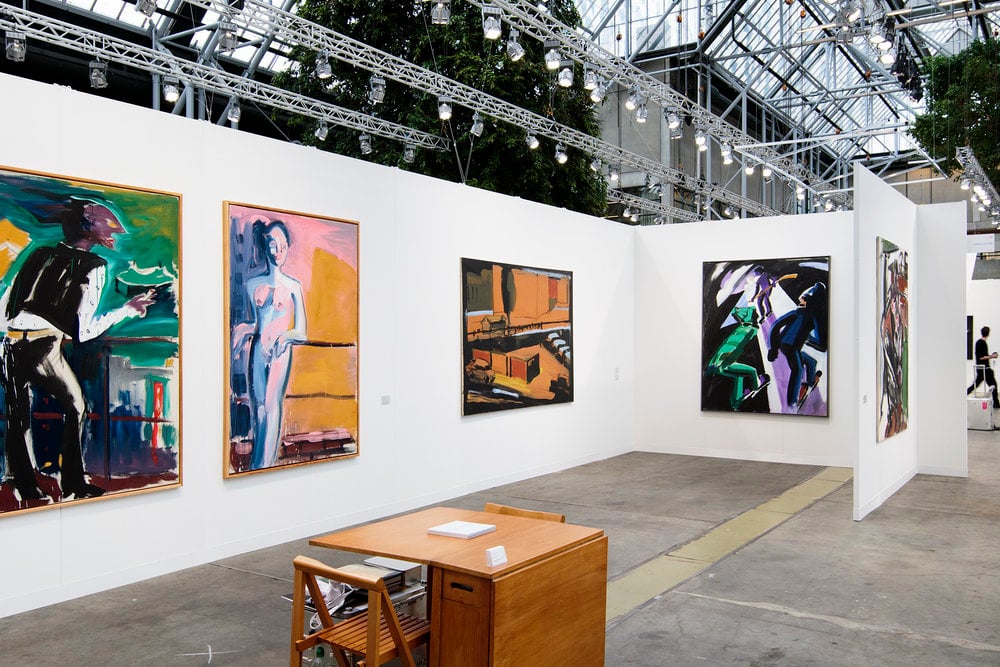
Booth of König Galerie at Code 2017. Photo I DO ART Agency, Courtesy of the artists and König Galerie.
By mid-morning on closing day at Code, attendance was moderate, with dealers reporting mixed results.
“Being in Copenhagen is a discovery for us, it’s like a new experience,” said Julie Morhange of Perrotin, which brought photographic diptychs by Sophie Calle to the fair. “Let’s be honest though: selling is always the point of an art fair. And for us, it’s too early to say for sure how we did in that department.”
Vanessa Carlos, founder of London’s Carlos/Ishikawa, who had not sold yet a piece, explained that the fair had offered her a good deal and that she was interested in expanding her base of Scandinavian collectors. “But it’s been a little quiet…” she admitted, describing Code’s atmosphere as “realllllllllly relaxed.”
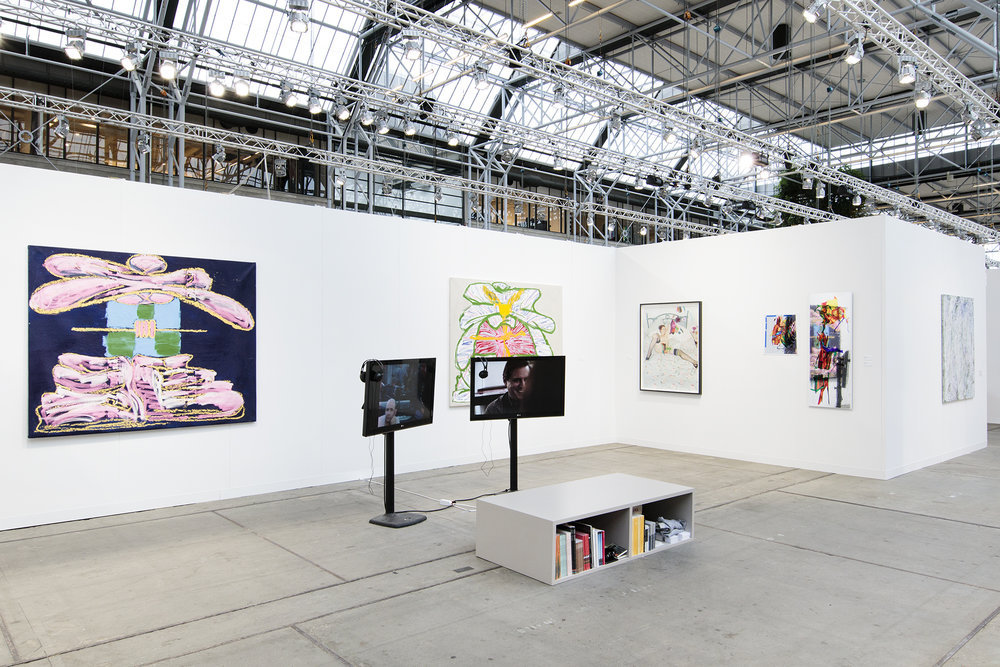
ooth of Pilar Corrias at Code 2017. Photo I DO ART Agency, Courtesy of the artists and Pilar Corrias.
Other international galleries were pleased with the turnout. London’s Pilar Corrias had sold a few works by American artist Leigh Ledare, and director Lara Asole said that the chance to slow-down and connect with local museum directors was always a “welcome change from the high frequency of larger fairs.”
Back at Proyectos Monclova, an exuberant Cohen reported sales of over half the booth, with works by Martin Soto Climent and Gabriel de la Mora priced between €6,000-50,000. “We really hit the mark with some smaller pieces that fit perfectly with the budget of most of our collectors,” Cohen said. “In New York, a smaller piece will never sell, but the big works sell easily. Here it’s the opposite. The Scandinavians really enjoy more minimal proposals, abstract works, not as much color.”
As the afternoon wore on, Alf visited most of the booths, chatting in depth with her invited dealers to “get real feedback” from them.
“I can’t make a fair without the galleries, so I need them to work with me,” she said. “Of course, sales are always the final goal, but in Scandinavia, buying art is a lot about trust and relationships, and that takes time to build. The galleries know this—and exhibitors who came back for the second time this year already experienced better results.”
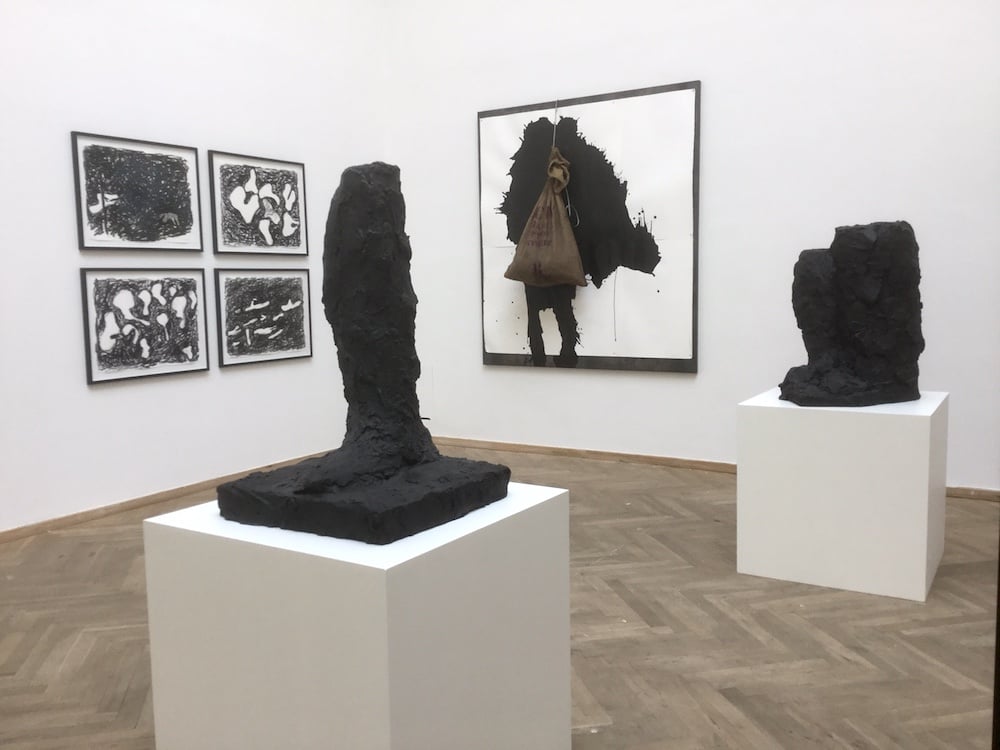
Booth of Galleri Bo Bjerggaard at CHART ART FAIR 2017. Courtesy the gallery.
Back at CHART, the halls were crammed with visitors and works were flying off the walls. Many Nordic dealers, including one of CHART’s founding galleries Bo Bjerggaard, had observed a significant increase in international collectors—but were hesitant to credit Code 2’s international profile with the development.
“I think it’s intelligent for CHART to keep its Nordic focus,” said Copenhagen dealer Nicolai Wallner, who brought works by Cornelia Baltes, Elmgreen & Dragset, and Jeppe Hein, ranging from €10,000-78,000 Euros.
“If they open it up, it would be just one more international, regional fair; this is a regional, regional fair, and people come here to see what goes on in the region. That said,” he added, “Code contributes competition, which is always good. It’s not interesting to be the best fair because you’re the only one. I think Code is a good thing, and you can really tell that the two fairs seem to gain a lot from each other.”








